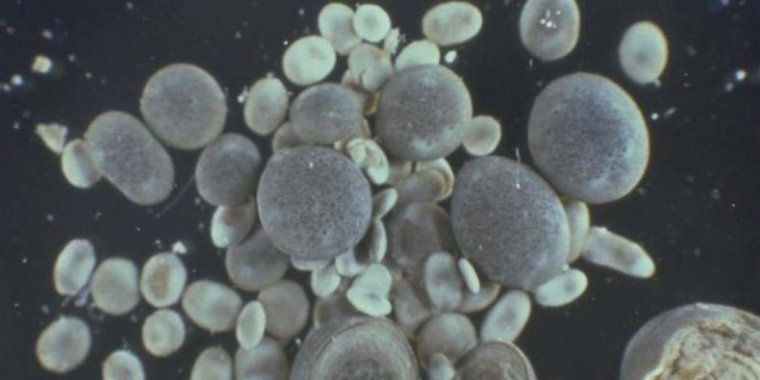| News / Science News |
Bacteria Can 'Divide and Conquer' to Vanquish Their Enemies
Some bacteria can release toxins that provoke their neighbors into attacking each other, a tactic that could be exploited to fight infections.

Bacteria Can 'Divide and Conquer' to Vanquish Their Enemies. ![]()
Bacteria often engage in 'warfare' by releasing toxins or other molecules that damage or kill competing strains. This war for resources occurs in most bacterial communities, such as those living naturally in our gut or those that cause infection.
As well as producing toxins that directly kill their competitors, bacteria can release toxins that can act as 'provoking agents'. These provoking toxins make other strains increase their aggression levels by boosting their toxic response.
In a new study, led by Imperial College London and the University of Oxford, researchers used a combination of experiments and mathematical models to see what happens when bacteria provoke their competitors.
They found that when used against a single competitor, provocation backfires: the provoked strain mounts a strong toxic counterattack and harms the provoking strain.
However, when there are three or more strains present, provocation causes the other competing strains to increase their aggression and attack each other. This can lead to the competitors wiping each other out, especially when the provoking strain is shielded from, or resistant to, their toxins.
Senior author Dr Despoina Mavridou, from the Department of Life Sciences at Imperial, said: "This behavior is strongly reminiscent of the human 'divide and conquer' strategy, famously delineated by Niccolò Machiavelli in his book The Art of War and shows that bacteria are capable of very elaborate warfare tactics."
The researchers suggest that the strategy could be exploited to manipulate microbial communities.
This approach could be particularly useful to help eradicate resistant biofilms -- layers of bacteria that form for example in industrial water pipes and are hard to remove. It could also be used to treat some bacterial infections if the composition of the bacterial community responsible for the infection is well known. (Tasnim News Agency)
YOU MAY ALSO LIKE





